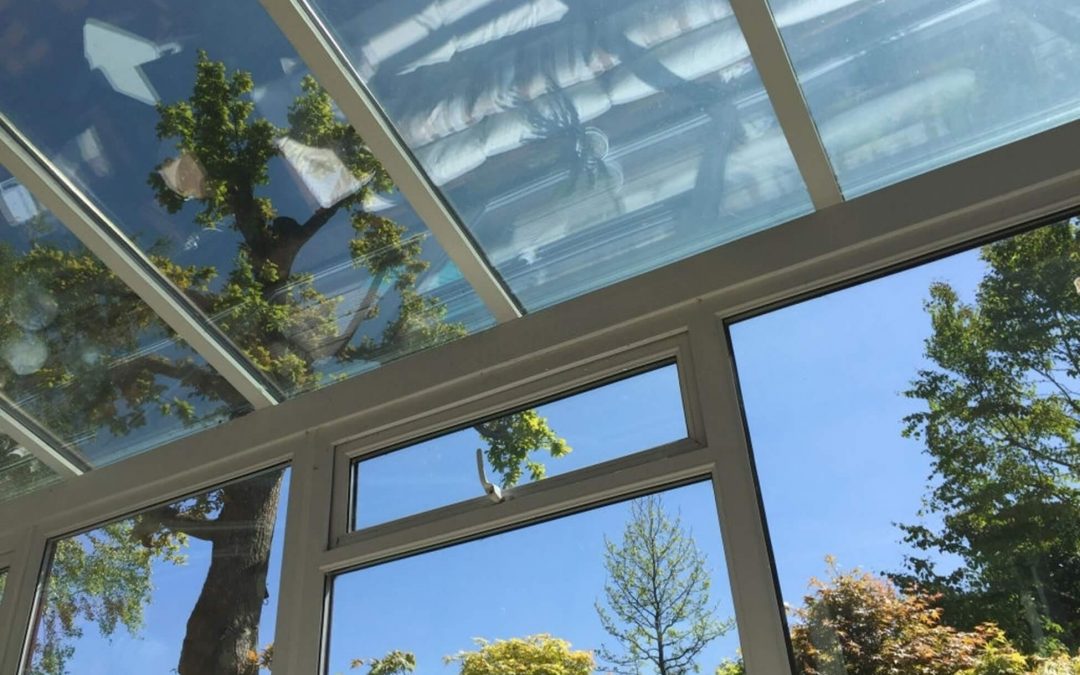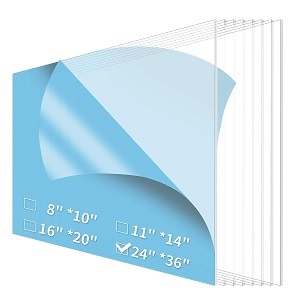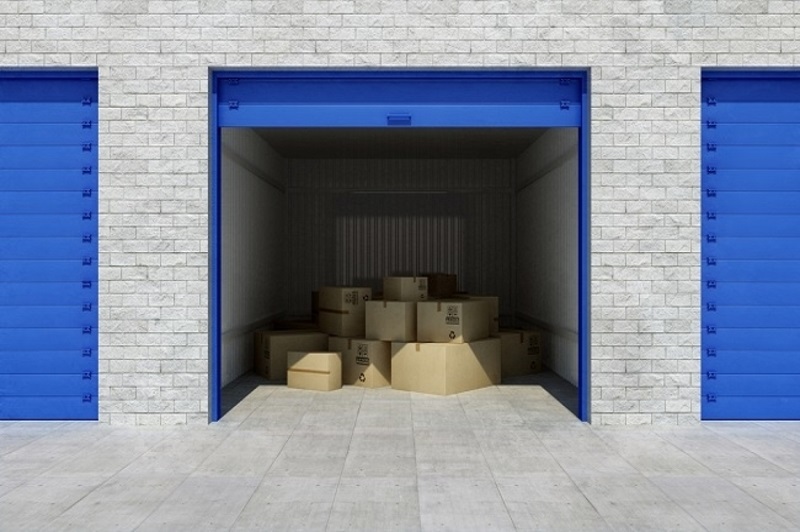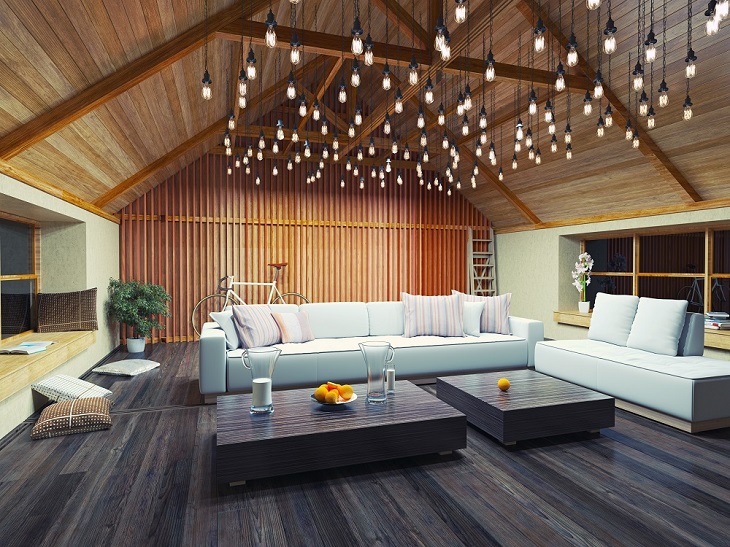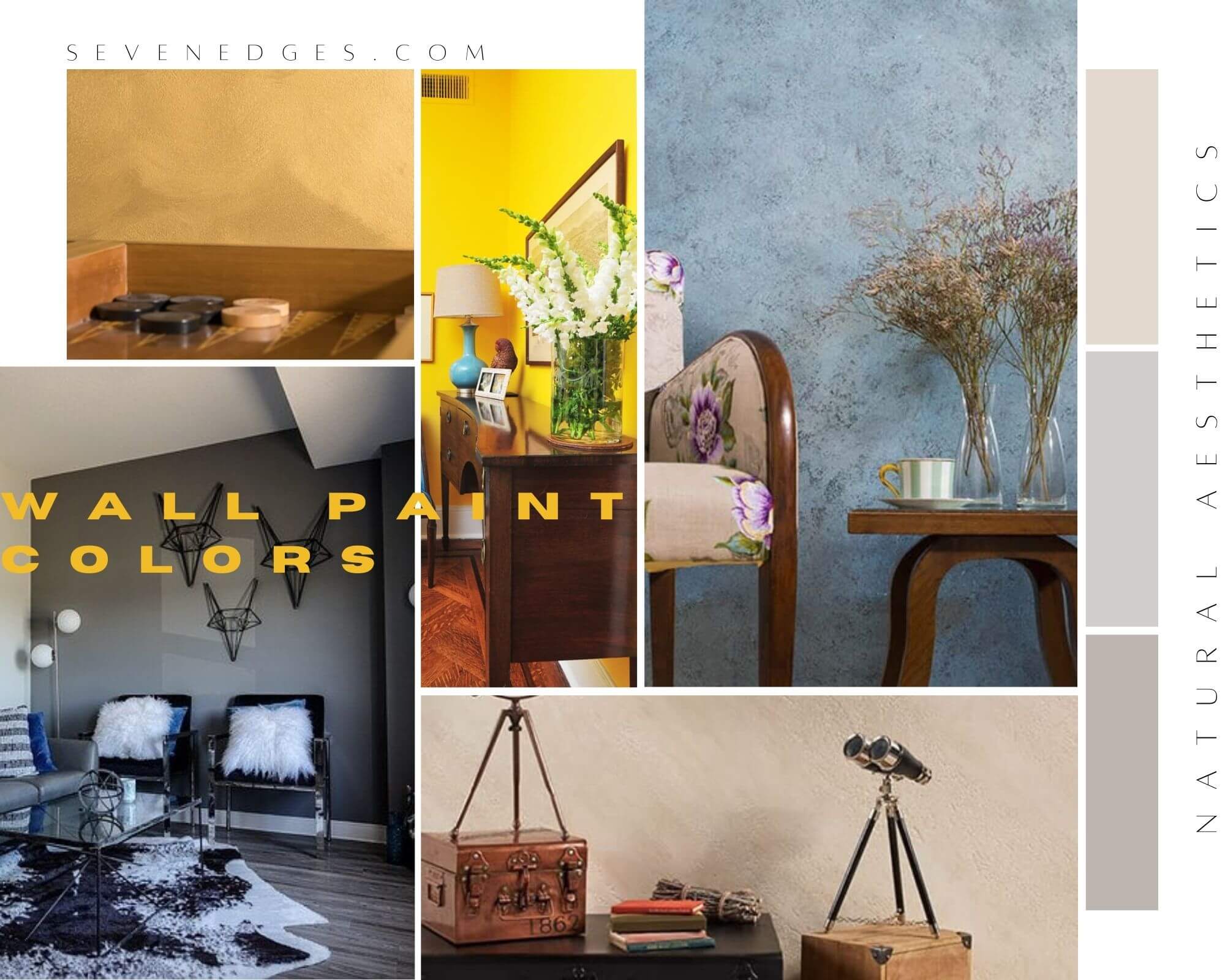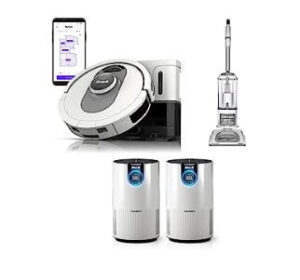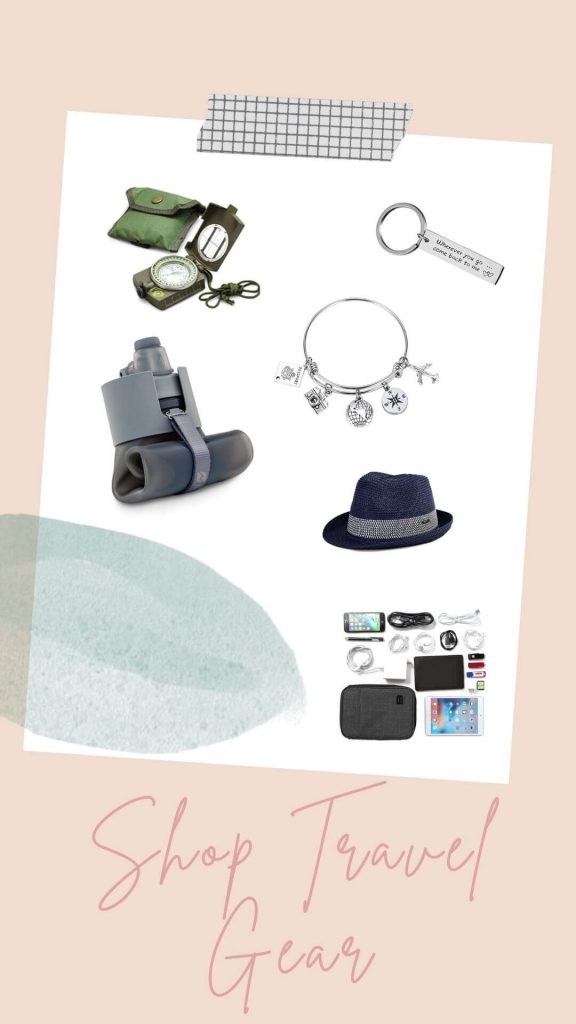To choose the right and affordable material for your huge projects, it’s very crucial to learn the properties of acrylic glass and polycarbonate sheets and make a better decision on which one is the perfect one, Acrylic vs Polycarbonate! These are the 2 types of plastics, often differentiated since their appearances. They are comparable because they’re the most commonly heard see-through synthetic polymers in the marketplace.
Acrylic glass sheets are often glossy, whereas polycarbonate sheets are more durable. Acrylic and polycarbonate generally weigh less than half as compared to a comparable size of glass but are far more durable. Both the materials are simple to maintain but let’s have a look at other properties!
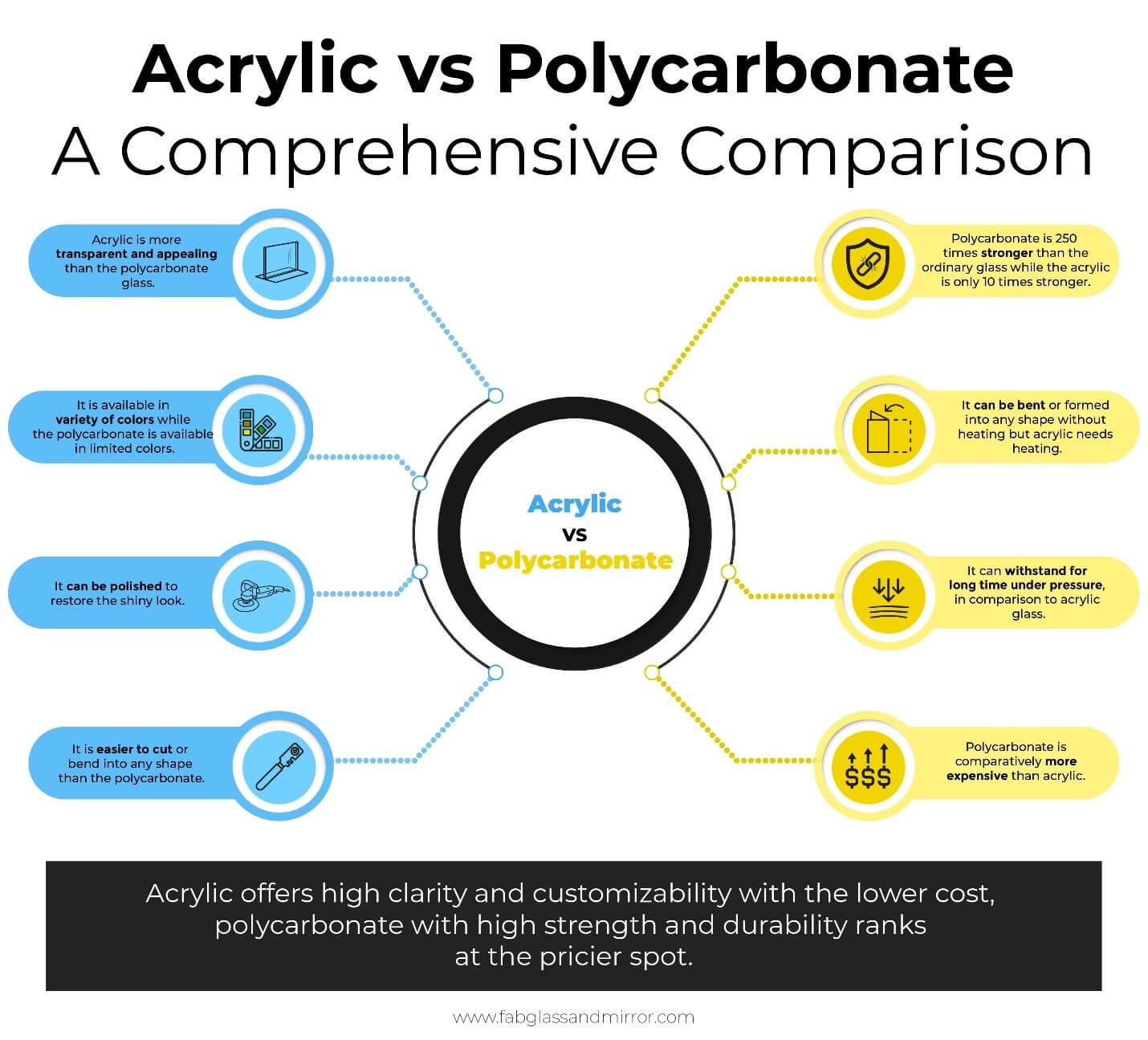
Material Comparison – Polycarbonate is way stronger!
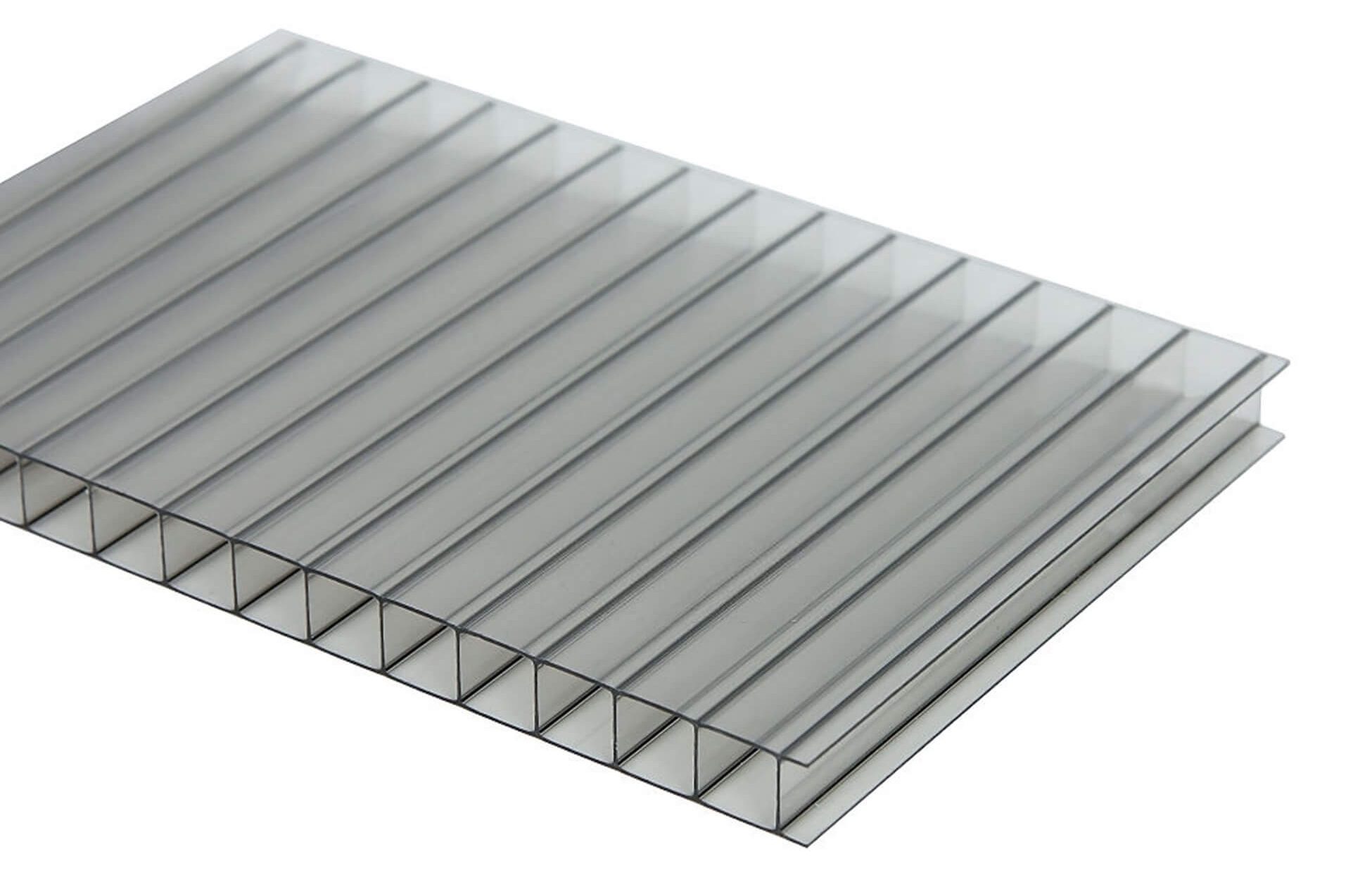
Did you know that Acrylic is weaker than polycarbonate? Polycarbonate is approximately 250 times stronger than glass in terms of impact resistance. On the other hand, Acrylic is quite stiff, whereas polycarbonate material is easily available in a variety of flexible qualities. When stressed, acrylic breaks more quickly than polycarbonate.
Comparison of UV Resistance
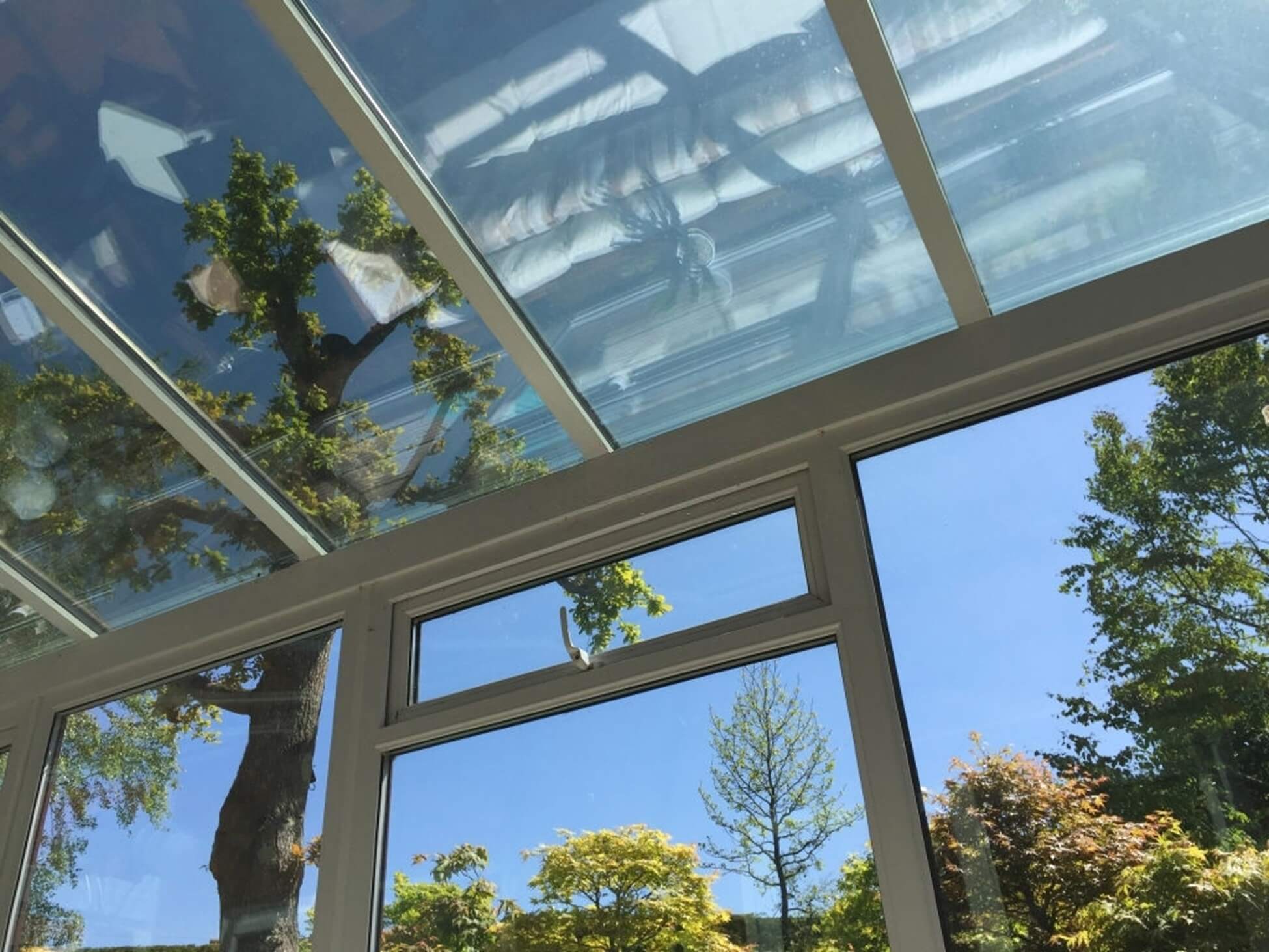
Acrylic glass is indeed a weather-resistant material. Acrylic is frequently a suitable choice for exterior applications since UV radiation does virtually little harm to that over the period. Well, this sort of glass is commonly used for automobile rear taillights also because colors are highly stable as well as UV resistant. Thus, the risk of stone chipping is minimal at the back of the vehicle. Acrylic seems to have a nearly limitless weather resistance.
When revealed to Ultraviolet radiation, polycarbonate worsens. As common signs of weathering include discoloration and segments of the material, it’s feasible to lessen the results of weathering. It can be done by simply applying a UV absorbent cap layer or even a UV absorber-rich coating.
These options, however, increase the price of the sheet but bring it to last for 10-15 years. Some sophisticated methods like Highline Polycarbonate that preserve Polycarbonate lasting 25+ years. However, are highly costly and generally unaffordable for most purposes.
Which One Is Better for Roofing Greenhouse- Acrylic or Polycarbonate?

Polycarbonate has more impact resilience than acrylic, that’s why these glass sheets are mostly preferred for building a greenhouse. Polycarbonate sheets provide superior insulation for your greenhouse as compared to the glass build-up with ordinary glass. Plastic has superior heat retention characteristics than glass, while polycarbonate material loses less temperature and heat than glass.
Polycarbonate Skylight- A Reliable Option!
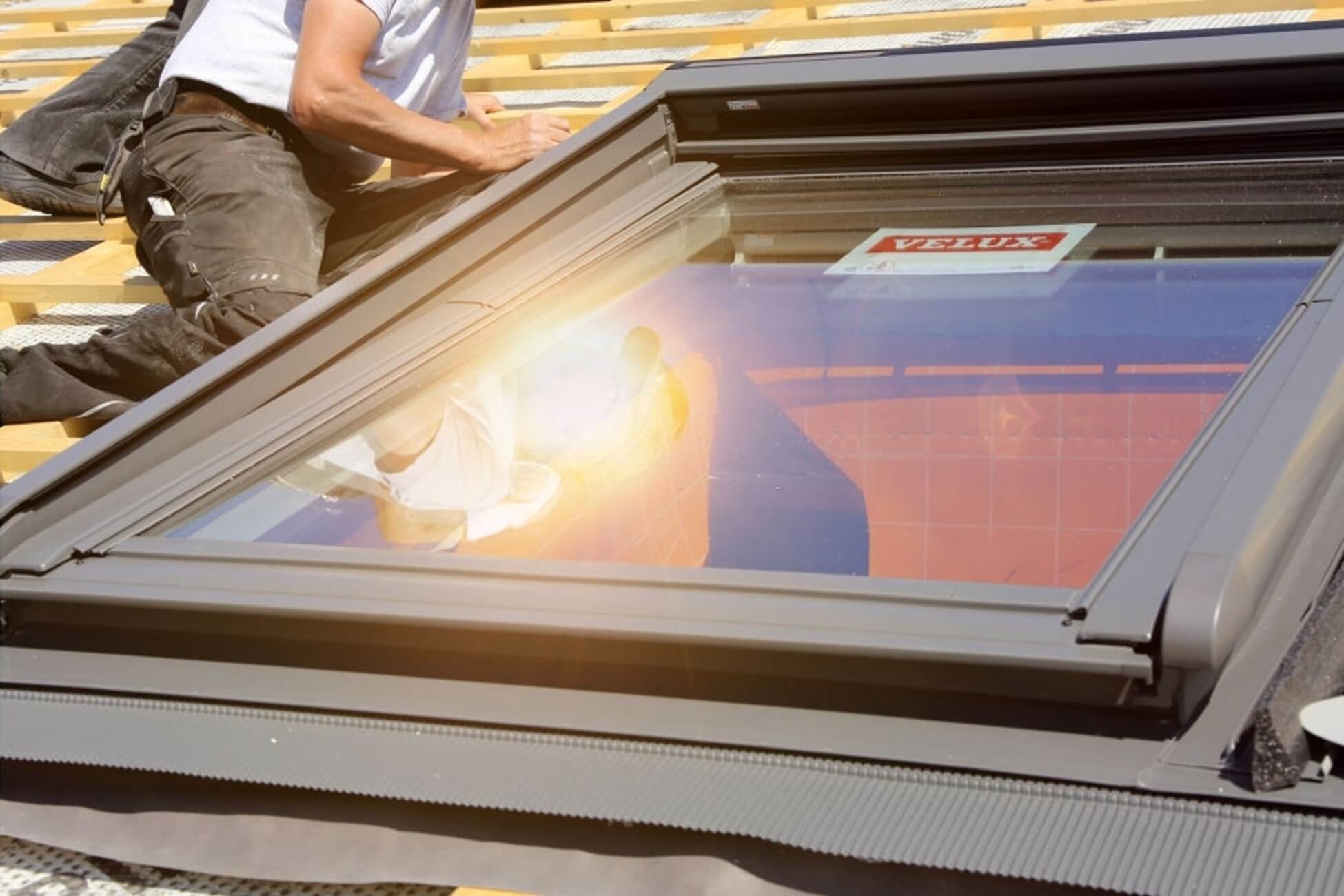
Acrylic plastics offer exceptional adaptability, endurance, and aesthetic attributes in everything from sturdy signage and skylights to eye-catching major retailer fixtures, showcases, and shelving. On the other hand, polycarbonate is a strong and clear plastic with excellent rigidity, durability, and impact resistance.
Polycarbonate is quickly becoming the most common material for skylight installation all over the world. Acrylic skylights mean less durable yet less expensive. Skylights made of polycarbonate are often more durable (and much more costly) and have a clear transparent surface.
Art3d presents a 5-Pack of 24×36″ PET/Plexiglass Sheets – Clear, Flexible, and Durable. Ideal for crafts, picture frames, DIY projects, and more. Excellent transparency for various uses. Easy to cut and clean.
Price Comparison of Acrylic and Polycarbonate Sheets
Polycarbonate is around 35% more expensive than acrylic. Polycarbonate might cost somewhere between 35% and 300% more than acrylic. Whenever it comes to cutting acrylic glass versus polycarbonate, the acrylic is more workable. It cuts with substantially less resistance, particularly while using electrical equipment.
A Brief Summary of the Differences between Acrylic and Polycarbonate Sheets
Both the materials compare favorably to glass, making them viable glass substitutes. They also weigh less than 1/2 as much as glass. Let’s have a brief discussion about their differences that might help you while selecting any material for your project.
- Polycarbonate has more than nearly twice the strength of glass. Overall impact resistance for acrylic approximately 24 times that of glass.
- Acrylic glass is more lustrous, whereas polycarbonate is much more durable.
- Acrylic Sheet is available in a variety of colors while Polycarbonate is available in a limited range of colors.
- As both materials are susceptible to scratches, rough cleaning chemicals should not be used on them. Acrylic, on the other hand, is easier to fix damages than polycarbonate.
- Acrylic is somewhat clearer and more translucent than polycarbonate.
- Polycarbonate is comparatively more expensive than acrylic.
- Acrylic glass is more likely to get broken easily, especially if anyone drills near the edge.
- Acrylic sheets can be smoothed to a perfect surface, whereas polycarbonate cannot be polished.
- Acrylic seems to be stiffer than polycarbonate therefore breaks more quickly. Polycarbonate is available in hard and soft forms.
- Polycarbonate is excellent for cold forming, twisting without the use of heat, although it dents quickly.
- Both are salt-resistant, making them ideal for coastal environments.
- Both are completely recyclable.
Rounding Off!
In respect of high strength and great stability, polycarbonate sheets have a major advantage against acrylic. Acrylic offers substantial weather-resistance and scratch-resistance over Polycarbonate. Many of the ways exist to increase the overall weathering and scratching resilience of Polycarbonate, however, they all come at a price. Acrylic glass has a slight edge over Polycarbonate throughout terms of transmitted light. Although anti-reflective coats may quickly overcome something in high-tech uses.
This post contains affiliate links, which means we may receive a small commission, at no additional cost to you, if you make a purchase through these links.
More Reads

